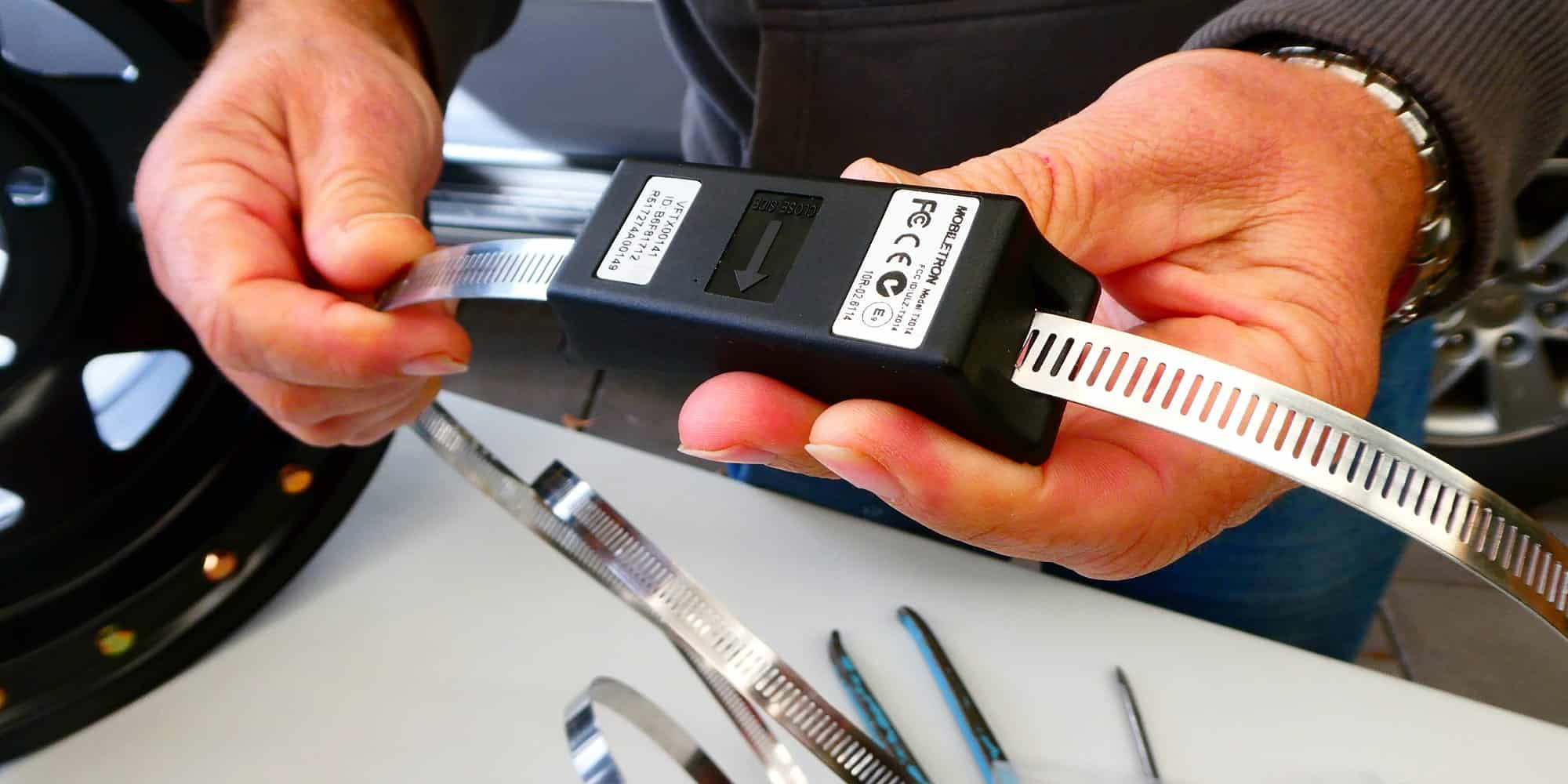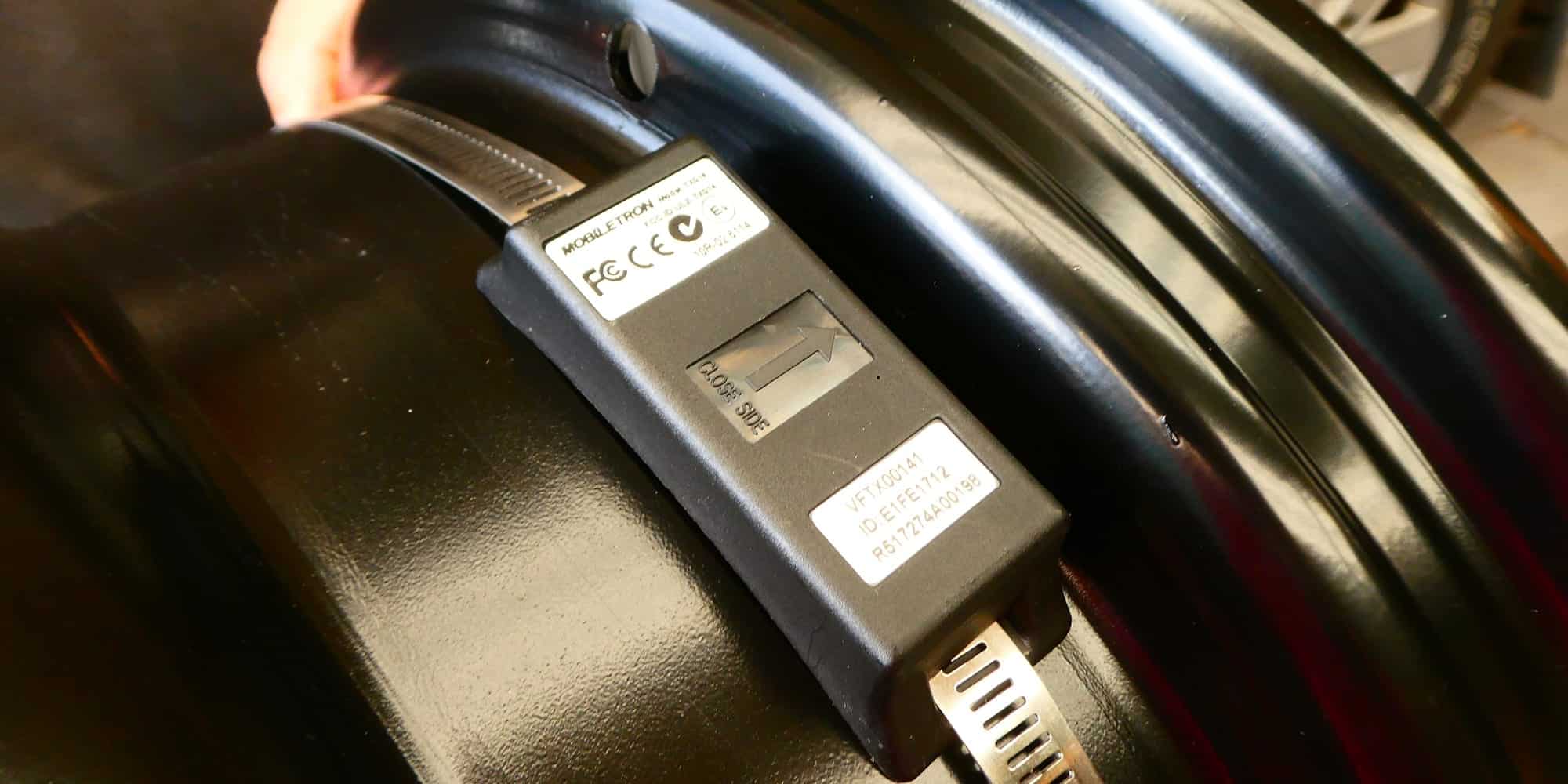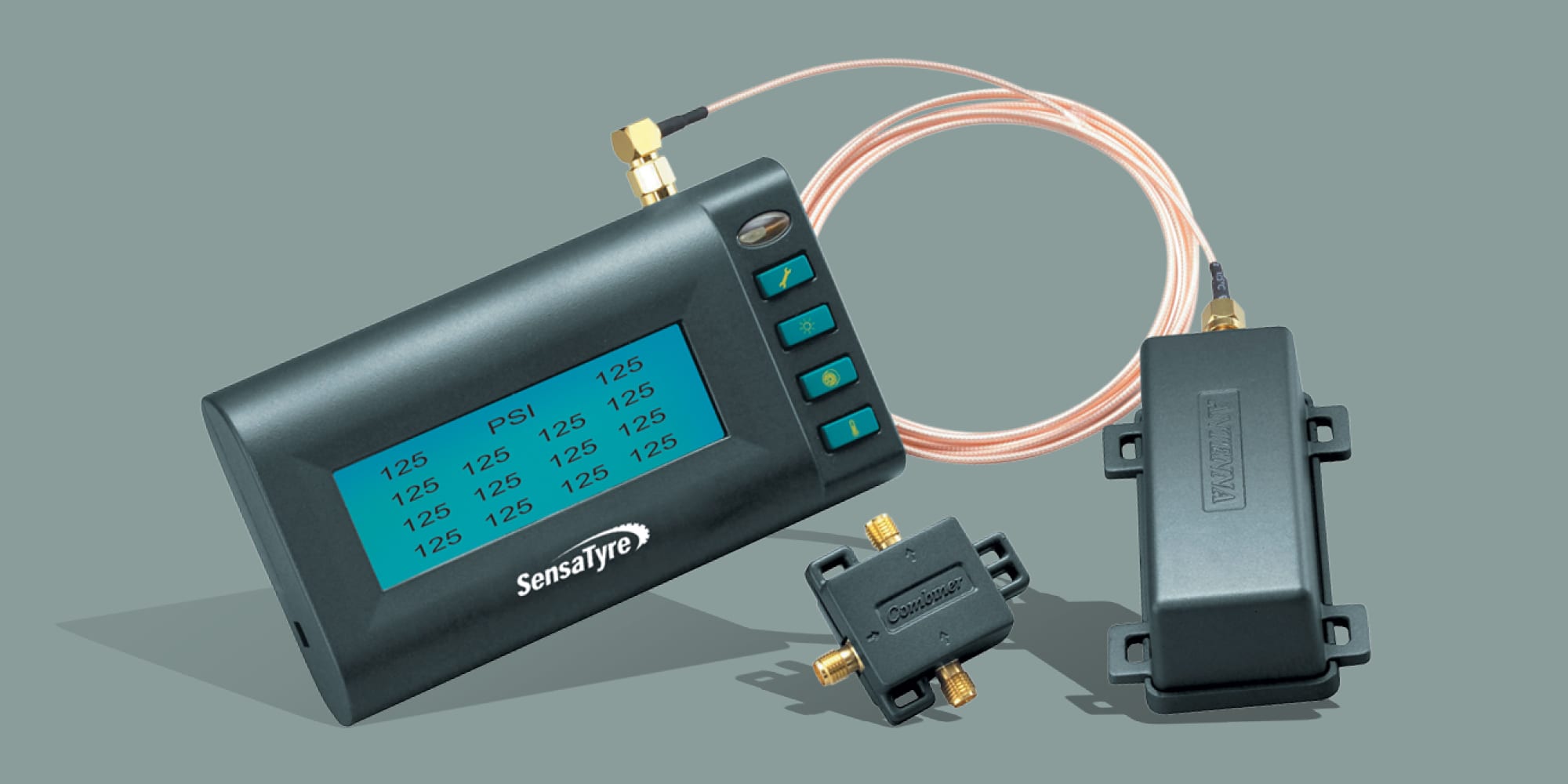Does this TPMS protect your tyres or is it full of hot air?
Words and Images by Grant Hanan and Linda Bloffwitch, Images and Video by My Aussie Travel Guide
Imagine that you’ve outlaid top dollar for a new set of tyres for your vehicle and trailer, only to completely write one off on its first trip. If you’re like us, you’d be pretty peeved, especially when it could potentially have been avoided with a TPMS. In simple terms, a TPMS or Tyre Pressure Monitoring System are sensors that detect tyre pressures and tyre temperatures, and provide this information in real-time via some sort of signal, alarm or display device in the vehicle’s cabin. The whole idea behind it is to provide the driver with an early warning of a potentially hazardous tyre situation, whether it’s an inflation pressure and/or tyre temperature issue.
CLICK HERE TO READ THIS REVIEW IN OUR FREE DIGITAL MAGAZINE
There are different kinds of TPMS kits on the market, and as we found out the hard way after being let down twice in the middle of nowhere, they’re not all equal. After getting back from that trip, the old sensor kit was swiftly given to the dump gods and we looked for a better alternative. One of the major criteria the new kit had to meet was its ability to extend the number of sensors, as we tow different trailers at different times. So we ended up going with the SensaTyre 8-wheel WTPH04 kit for the job as it can extend to include up to 14 tyres.

HOW IT WORKS
This new kit is a clamp sensor transmitter type, which gets installed on the inside of the rims and tyres and fitted using stainless steel jubilee clamps. Each transmitter contains a lithium battery, which we have been told will last around seven years, and records real-time monitoring of pressure and temperature inside the tyre. These signals are then transmitted via the unit’s antennas to the driver’s display, which is updated every 38 seconds. These antennas are strategically placed under the vehicle to pick up the information, and antenna cables are routed under the vehicle through a series of joiners and splitters.
These then feed into the digital receiver display unit located inside the cabin. Having this combination of antennas and cables helps eliminate any issues and disturbances that can happen when you’re relying solely on a radio signal from, say, a trailer tyre, to reach the driver’s position in the cabin. An instruction manual is also included in the kit as each transmitter has a unique code for programming, and alarm setting thresholds can be personalised for each tyre. This includes determining when you’ll hear the audible alarm sound going off, and the display flashing to indicate which individual tyre has had a dramatic change in its pressure or temperature.

WHAT WE THINK
We’ve got a total of 14 transmitters installed across the wheels and tyres of our vehicle and trailers which includes our spare tyres as well. Our 79 Series LandCruiser has two under-vehicle antennas; one fitted at the rear, and one inside the engine bay on the side rail. They’re all joined using the cables and joiners/splitters provided, a final connection is then made to the suction cap digital 12V-powered display unit on the dashboard. We’ve been using this new system in our vehicle and trailers for nearly three years and it’s copped a good workout. We’re talking the Binns Track, Cape York’s Old Coach Road and the many river crossings of the Tele Track, all over the Kimberley, as well as the corrugations and dust following Len Beadell tracks, plus a bunch of sand dunes in the western deserts. It’s safe to say we’ve tested this unit.
So has it worked? Yep! The TPMS has done exactly what it’s supposed to do and alerted us when we’ve taken on a puncture, giving us enough time to stop and fit plugs while there’s ample pressure left in our tyres. Not only that, the temperature feature has also alerted us when tyres are beginning to heat up at speed on gravel roads, giving us time to make adjustments to tyre pressures to prevent overheating and delamination. We’ve also found the digital display very intuitive, and it allows you to set alarms individually on all 14 tyres. This is a real bonus because it’s possible you’ll need different pressures set on all your tyres depending on the loads you’re carrying or towing and your speed.

Getting a puncture at any time is a real pain in the butt, but getting it in the middle of nowhere and not knowing you have a puncture until it’s way too late is far more than that. And in some cases, it could be the difference between fixing it to get going or sitting it out until help arrives. While the SensaTyre kit required more effort to install initially due to its internal wheel transmitters, under-vehicle antennas, and hard-wired cabling to the digital display unit, it’s eliminated any poor radio signal performance. This has given us the confidence that the transmitters are updating in real-time regardless of what speeds, terrain and conditions we’re putting our wheels and tyres through. So unlike our old TPMS unit, this one will be sticking around for many more kilometres and isn’t a likely candidate for a trip to the dump.
RRP: Kits start from $396 for a four-tyre kit. For more information, click here.











